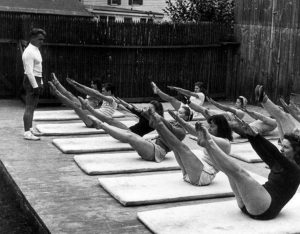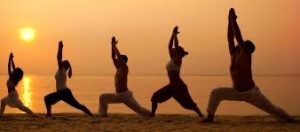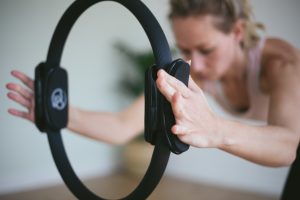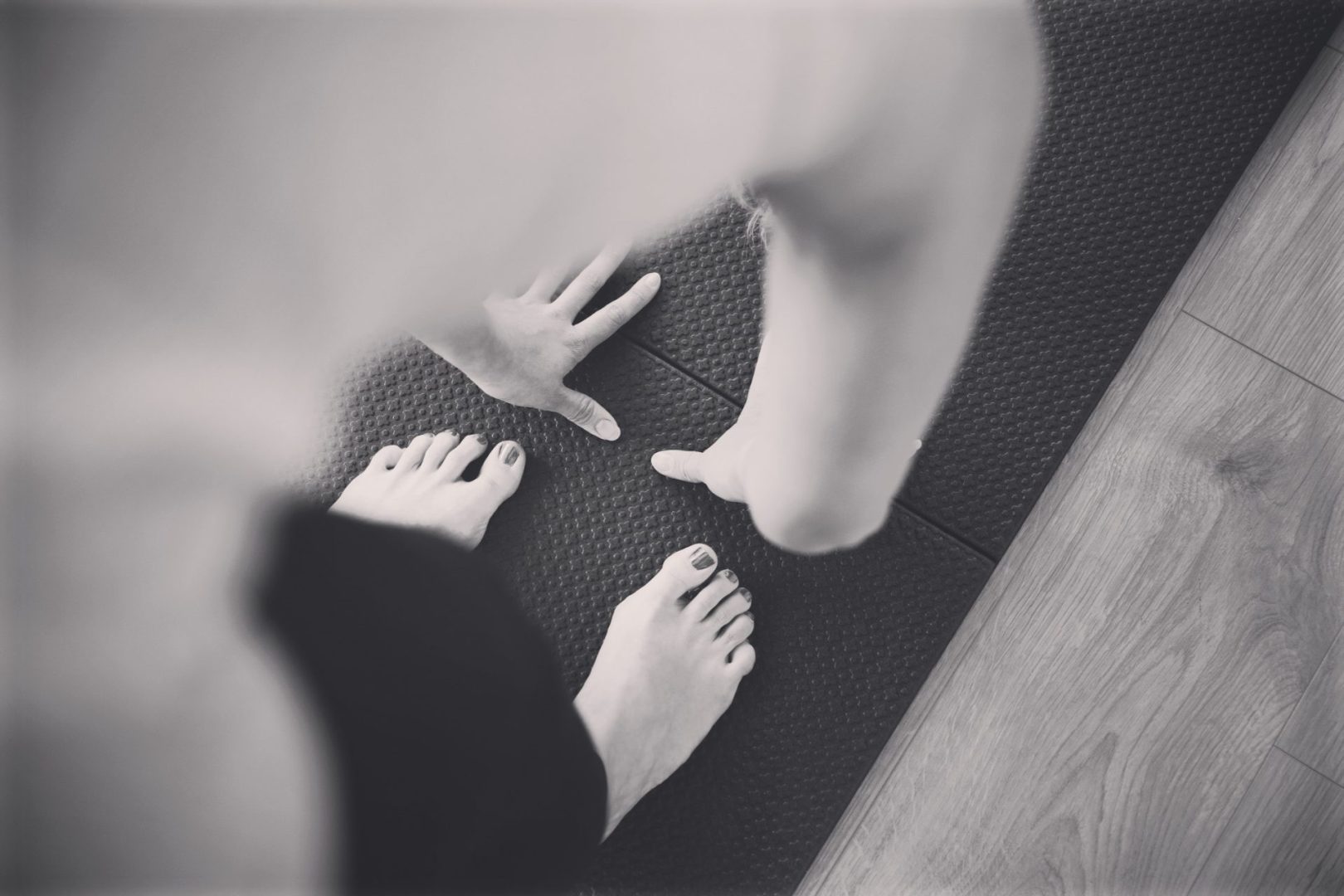Pilates and Yoga. What is the difference?
Yoga. Pilates. They’re the same thing right?
I recently had a conversation with a close friend who’s boyfriend refers to me as ‘Lauren, the Yoga teacher.’ As a trained Pilates teacher, and like many others in the profession, it can become fairly tedious when Yoga and Pilates get put in to the same frying pan.
‘If you teach one, then you must teach the other.’
In reality, few people understand the differences between the two practices of Yoga and Pilates. They’re the same thing for a lot of people. Although both carry similarities (the same way you could compare a raspberry and a strawberry), there are some big differences that make each practice and teacher individual. Essentially, Pilates is seen as the unfashionable younger sister of Yoga and hasn’t received quite the same amount of limelight in recent years.The biggest challenge as a Pilates teacher is promoting the Pilates method, shouting about its many benefits and explaining how so very different the Pilates practice is from Yoga. BUT both equally beneficial to our health and wellbeing
What is the difference between Yoga and Pilates?
A little bit of history

PILATES
- Pilates (originally known as controlology) was created 100 years ago by a man called Joseph Pilates as a form of rehabilitation for injured and ill patients in hospital. In later years when he moved back to Germany his practice was developed within the dance world helping to assist with strength, flexibility and reducing injuries.
- Pilates is based on 6 principles of centering, control, breathing, precision, flow and concentration and with these in mind, Pilates is all about the exercise with no spirituality involved.
- Pilates is all about strength, specifically our CORE strength.
- Pilates consists of dynamic, flowing, repetitive movements that are slow and controlled with the aim of building a strong and balanced body.
- Regular Pilates practice will help to improve one’s strength, body awareness and control, with the added benefit of increased joint range of movement and flexibility.
YOGA
- Yoga is thought to have originated thousands of years ago in India and practiced as a way to control, relax and still the mind. Yoga is known to be a spiritual practice that no single person created, but more of a culture and way of life.
- Yoga focuses the mind spiritually, based on the principles of physical postures, meditation and positive thinking rather than a specific workout.
- Yoga involves static stretching and held positions which aim to focus the mind, achieve spiritual awareness rather than focus on strength.
- Flexibility is emphasised throughout Yoga practice with flowing movement into and out of postures and positions with sequence variability.
- Looking at the physicality of Yoga, those that practice regularly will see improvements in flexibility, a sense of the body opening and the added benefit of increased strength through the held postures

Props/Equipment
Both Pilates and Yoga can be practiced on the mat and require little to no equipment. Both use small blocks to help support and facilitate movement. Pilates however has a series of larger equipment and a larger variety of small equipment that are regularly used to increase the strength challenge. The larger equipment, designed by Joseph Pialtes himself can
include, the reformer, cadillac and chair. These are normally found in more specialist studios
.
The mind-body connection
Both Yoga and Pilates teachers alike, talk a lot about the mind-body connection, which is true for both. However, yet again, for different reasons. In Yoga, the poses are held as a way to challenge the mind-body with the emphasis being on turning our thoughts inwards to focus purely on quieting the mind and not allowing the mind to affect the body.
In Pilates, there is so much concentration needed to perform a single movement; precision, control, core strength, breath and we are constantly seeking feedback from our body and our surroundings that the mind itself has no time to focus on external factors. We use the mind-body connection to help assist with our movement and exercise.
Both Yoga and Pilates can help us feel relaxed and de-stressed, with a clear focus on the mind-body connection apparent in both practices. The way we connect is what differs in the two practices.
The breath
If you’re a regular Pilates client of mine, you’ll know I talk over and over about the importance of the breath. The breath plays a significant part in both Yoga and Pilates practice.
-PILATES: the breath is used to assist with our movement. We exhale to perform the movement that will challenge the motion segment the most, for example, when we perform and abdominal prep (sit-up), the challenging movement is on the lift. As we fold the upper body away from the floor to perform the movement, we exhale. The Pilates breath has a huge influence on our core engagement due to the close relationship and interplay between the diaphragm and abdominals. Essentially, the pilates breath helps to focus the body and stabilise the core. You can read in more detail the influence our breath here.
-YOGA: the Yoga breath is used as a way of creating energy in the movement, centering yourself and releasing the mind from thought. Essentially in Yoga the breath is used to focus the mind.
Which is better: Yoga or Pilates?
In simple terms, Yoga focuses on the mind and flexibility. Pilates focuses on strength and control. There are benefits to both Practices. I always say to my clients, if you have the time, I would incorporate both into your lifestyle.
Pilates for me has always been my ‘go to’ exercise alongside my running and athletics. If I feel uncomfortable or I can feel my back stiffening up; I would jump on my mat and spend some time practicing Pilates. I love the feedback I get through the movement and having a strong body awareness allows me to feel for imbalances before they become a problem. I feel energised, relaxed and strong after doing Pilates.
More recently I have incorporated some simple Yoga practice into my week, specifically breathwork and meditation. I have a very demanding business and can often feel overwhelmed and anxious. Yoga is my time to take myself away from life and just be present. It’s my mental health exercise.
